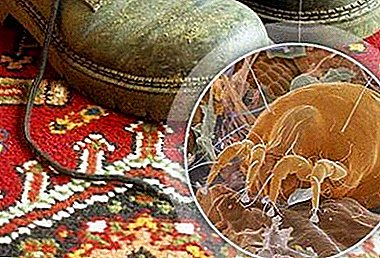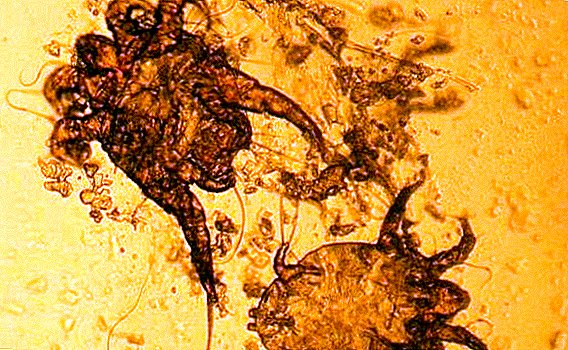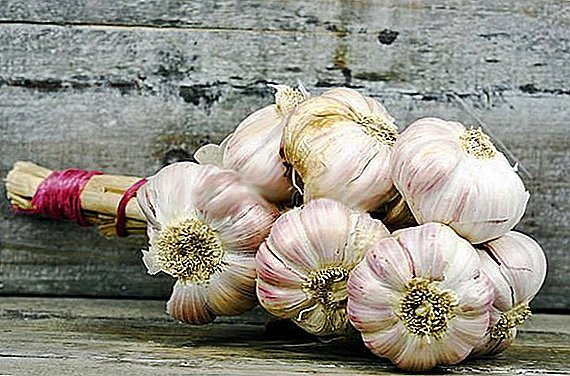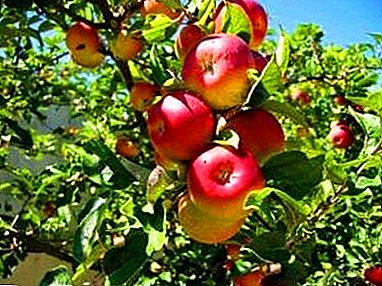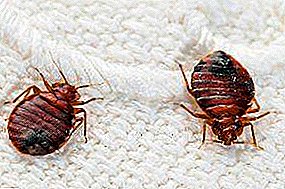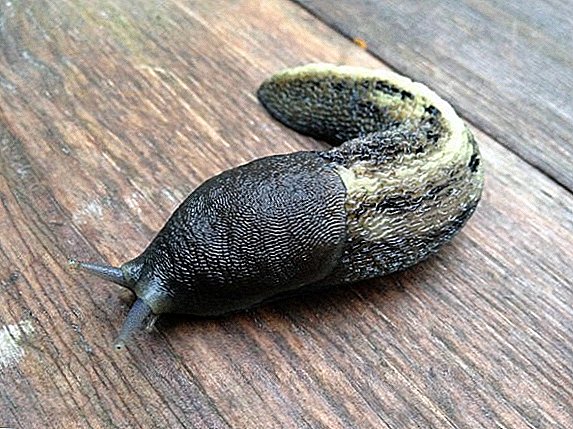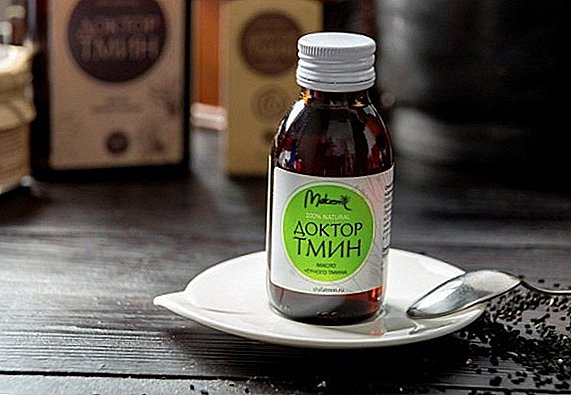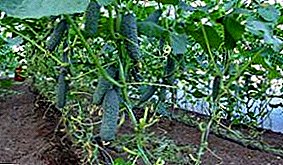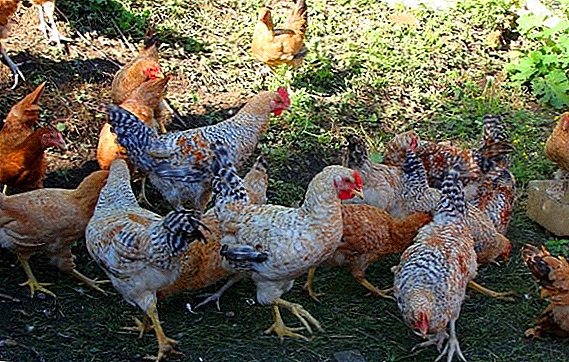 Every poultry farmer wants to have in his household hens with double productivity - excellent layers, which at the same time give high quality meat. What else is important - they must be unpretentious in content and have a decorative look. In the article we will talk about the variety of poultry that meets all the above desires. This is Tsarskoye Selo breed chickens.
Every poultry farmer wants to have in his household hens with double productivity - excellent layers, which at the same time give high quality meat. What else is important - they must be unpretentious in content and have a decorative look. In the article we will talk about the variety of poultry that meets all the above desires. This is Tsarskoye Selo breed chickens.
A bit of history
The breeding group of Tsarskoye Selo hens was started by scientists-breeders of the All-Russian Scientific Research Institute of Genetics and Breeding of Agricultural Animals of St. Petersburg (1980-1990). The broiler-6 hybrid chickens, as well as Poltava clay and New Hampshire breeds, were taken as a basis. The result of painstaking selective work was the receipt of birds with bright red color with a certain striation, as well as with excellent productive characteristics of egg production, tasty meat, good survival of offspring and unpretentious content.  Another requirement for the breed was good resistance to low temperatures - this problem was also solved.
Another requirement for the breed was good resistance to low temperatures - this problem was also solved.
Read also about the Aurora Blue breed group.
Description
Breed Tsarskoye Selo chickens has original exterior indicators that attract the poultry farmers no less than productivity. 
External features
- The case is rather large, trapezoidal, elongated, widely and deeply seated.
- A small head, planted on a long neck.
- Chest, tummy and back wide.
- Legs are medium, not pubescent, yellow-gray.
- The hips are well developed.
- The beak is gray-yellow.
- Serrate scallop in the form of a leaf or pinkish, bright red.
- Large earrings and earlobes are bright red.
- Downed, fluffy feathers that streamline the surface of the body.
- The color of the hens is somewhat lighter than that of the roosters. Feathers of red shade, with dark stripes smoothly flowing into light.
- The plaits in the tail of both roosters and chickens may be black in color or speckled (with gray patches).
Important! During the breeding of Tsarskoye Selo hens, it was noticed that in individuals with a rose-like crest there is a higher resistance to low ambient temperatures.
Character
In the nature of this poultry can be traced some kindness:
- Calm disposition, favor and lack of aggression towards a person.
- Sometimes a rooster can arrange a showdown with a fellow, if the family is not properly formed, or if there is not enough space for the family.
- Friendliness towards other inhabitants of the barnyard.
- Activity, curiosity and courage.
- Low exposure to stress.
- Fearlessness and readiness to defend your family in case of danger.

Hatching instinct
Tsarskoye Selo klushi have no problems with breeding: they are good and caring mothers who do not throw their nests in the process of incubating and raising their hatching offspring.
Such breeds of hens as Plymouth, Maran, Amrox, Lakenfelder, Welsumer, Australorp, Kotlyarevskaya, Pushkin are suitable for obtaining eggs and meat.
Productive characteristics
This breed has high productive characteristics, which is not difficult to see.
Weight gain and meat taste
The meat of Tsarskoselsky chickens has excellent taste, soft and juicy. Males and females have following indicators in weight gain:
- the average weight of roosters reaches over 3 kg;
- chickens can gain 2.8 kg.

Puberty and annual egg production
The productivity indicators of Tsarskoye Selo chickens are as follows:
- From 5-6 months of age, females begin to actively rush 3-4 times a week.
- Egg production - up to 180 pieces per year.
- Eggs are large, weighing 58-60 grams, with a shell of light brown or brown color.
- From the very beginning of egg laying, young laying hens produce rather large eggs, and can be carried even in the coldest period of the year.
Important! Experienced breeders confirm the high percentage of egg production in Tsarskoye Selo chickens at any age.
Feeding ration
When developing the diet of feathered pets, it is important to consider their age, which affects the composition of the daily menu. In an adult herd and young stock, it differs. 
Adult chicken diet
Balanced feeding of adult layers will provide the following useful tips:
- Feeding should be done in three steps, between which there should be an interval of not more than 6 hours.
- Up to 80 grams of wheat per grain, as well as grains and fruits of the following crops (in small quantities): oats, rye, corn, barley, peas, millet, sunflower should be consumed per bird per day.
- Prepare mash with vegetables or serve vegetables separately.
- In the feed add cake, bran, herbs and duckweed.
- In winter, dried herbs are added to the diet in the form of granules or flour.
- In winter, yeast and germinated grain will be beneficial.
- In winter, vitamin (especially multivitamin) supplements in feed are necessary.
- The presence of additional containers with crushed chalk or small shells is obligatory. They will serve as a source of minerals for the normal functioning of the skeleton of birds, as well as the formation of egg shells.
- Clean water in drinking bowls is also a necessary attribute.
- Periodically, you can pour in drinkers sour milk.

Chicken diet
Feeding the chickens should have a high content of protein foods and be 5-6 times a day. In the first five days of life, their food should consist of following feed:
- Compound feed with shredded vegetables and herbs.
- Finely chopped hard-boiled egg mixed with dill.
- Egg with the addition of boiled millet, wheat or corn chop.
- Pure water in drinking bowls, sometimes with the addition of potassium permanganate light pink solution.
 From the fifth day on the menu for young animals you can add some more products:
From the fifth day on the menu for young animals you can add some more products:
- Wet and dry mash.
- Dairy products - fresh cottage cheese and sour milk.
- Baker's yeast.
- Herbal and coniferous flour.
- Tops, carrots, greens, duckweed.
- Fish oil mixed with cereal.
- Multivitamins.
Did you know? The answer to the question why the chicken does not fly, like other birds, is hidden in the mass her body: living in a private courtyard and being omnivorous, the layer is so overgrown with subcutaneous fat that simply can not rise into the air, despite even on well developed wing wings.
Conditions of detention
As already mentioned, Tsarskoye Selo birds are unpretentious, hardy, and do not require special conditions for maintenance. And yet the basic requirements for the organization of their life must be respected. 
Coop Requirements
The poultry housing should be equipped as follows:
- The bird house should be located on a high place of the site so that there will not be flooding during the downpours and spring floods.
- A solid concrete foundation is required for the construction, so that predators cannot penetrate the room through the tunnel.
- The walls of the shed, it is desirable to build from wooden boards or logs.
- The area of the house should be calculated based on the number of birds - 1 square. m to 7-10 individuals.
- The floor is made of wood, covered with hay, straw or sawdust.
- The litter needs to be changed periodically so that the hen’s house will always be clean and dry.
- Nests are placed at a meter height from the floor, at the rate of 1 nest for 5 hens.
- The location of the drinkers should be comfortable, slightly elevated, so that the birds do not overturn them and cannot wet the plumage and the floor.
- Feeders should be equipped with bumpers.
- Lighting the house in winter is necessary, as it can extend the time of hatching eggs.
- There are no special requirements for weatherization, since the birds of this breed are resistant to low temperatures.

Walking yard
Like other domestic chickens, Tsarskoye Selo pets love free range, which can be organized in two ways:
- Let them graze in the meadow.
- Organize them a walking yard or aviary.
Familiarize yourself with tips on choosing and buying, self-manufacturing and arranging a chicken coop: how to build roosts, nests, feeders and drinkers; make heating and ventilation, run fermentation litter; Build a chicken coop for the winter with your own hands.
Space for walking in the aviary is made as follows:
- A dry place for walking is fenced off with the use of a fine-mesh metal mesh, butting the fence close to the hen house. It is important that the net is intact, otherwise the birds will injure themselves about them.
- The bottom of the grid is fixed by digging it into the ground by about 50 cm.
- A canopy over the walking space is being built, which will shelter the feathered inhabitants from showers and the scorching sun.
How to endure cold
A characteristic feature of Tsarskoye Selo hens is endurance and resistance to cold. This breed, as mentioned above, was bred specifically for the cultivation and maintenance in the northern regions of Russia. Therefore, the birds feel comfortable in a cold coop, adapting to it without any particular difficulties. 
Pros and cons of breed
A large number of positive qualities makes this breed attractive for breeding. Here is a list main advantages:
- High egg-laying.
- Eggs overall weight.
- A high percentage of egg fertility and progeny survival.
- Resistance to low temperatures.
- Unpretentiousness in nutrition.
- High adaptation and undemanding to the content.
- A good instinct for breeding offspring.
- Strong immunity and disease resistance.
- Fast weight gain and high quality meat.
- Decorative look.
There are some disadvantages:
- Breed in the process of study, therefore, has not yet confirmed breed characteristics.
- Difficulties in acquiring eggs, young and adult individuals due to the rarity and small size of the breed.
Did you know? The reason why chickens and roosters differ so much in color is rooted at the time when birds, now domesticated, lived in the wild. The purpose of the modest color of the chickens was the ability to remain unnoticed during the hatching of offspring. Males with their bright color attracted females, scared off enemies and distracted predators.
Video: Tsarskoye Selo Chickens
Reviews of Tsarskoye Selo chickens
PCHELKA-1 //fermer.ru/comment/885176#comment-885176
For the monastery on the egg and meat is a beautiful bird. I have them in the general herd, they are distinguished by a large (slightly smaller size from Yurlovsky) size and body shape, not wild, the egg is large. Sometimes the coloring brings, but if people are not at the exhibition, then they are happy. This year I also want to take an egg and try individually to do it.



So, despite the few drawbacks, Tsarskoye Selo chickens have a large number of advantages. This makes them attractive to many poultry breeding enthusiasts with natural beauty and excellent performance.


